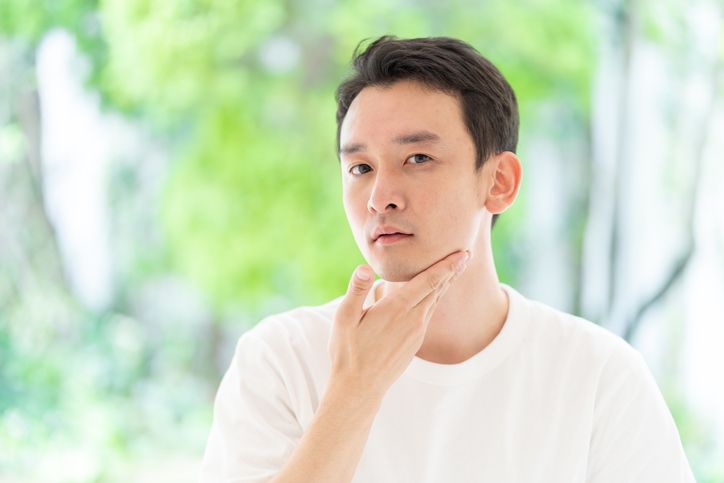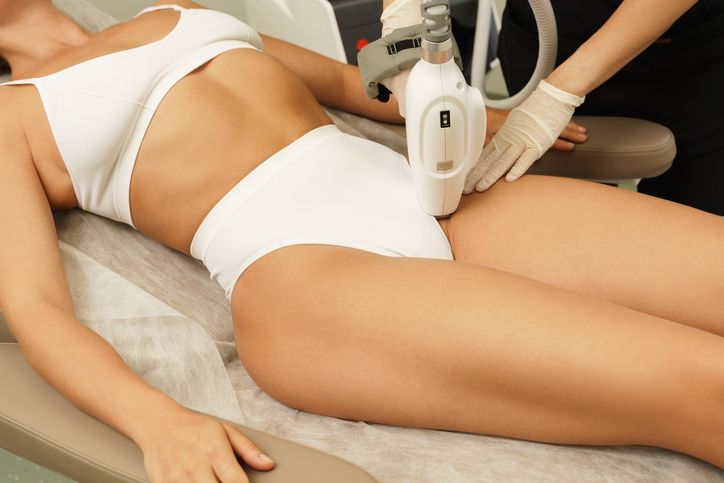- Home
- Trend
- Weight Loss Strategies
- Acne Tips
- Hair Health Information
- Blemish Removal Tips
- Acne Scar Removal Tips
- Muscle Building Techniques
- Intimate Care Tips
- Postpartum Intimate Care
- Eye Bags Wiki
- Tips for Face Slimming
- Secret of Permanent Hair Removal
- Breast Enlargement Tips
- Cure to Snoring
- Marionette Lines
- Skin-Tightening Secrets

免費體驗
A3 Laser Hair Removal Treatment
1 Minute Self-Registration
Date should not be before minimal date
In recent years, the topic of hair removal for men has garnered increasing attention, marking a significant shift in the landscape of personal grooming. Traditionally, hair removal has been predominantly associated with women, but the growing emphasis on male grooming has led to more men seeking solutions for unwanted body hair. This comprehensive guide will delve into various hair removal methods, focusing on their effectiveness, suitability, and the technological advancements that have made these procedures more accessible and efficient.
1
What Affects Body Hair Growth on Men?

2
Comparison Among the Traditional Hair Removal Methods for Men

Shaving
Waxing
Depilatory Creams
3
Specific Areas of Concern for Men

1. Facial Hair Removal
2. Body Hair Removal
3. Pubic Area Hair Removal
4
Removing Face or Body Hair With Ease: A3 Laser Hair Removal Treatment from Perfect Medical

Targeting Coarse and Fine Hair
Painless and Long-Lasting Results
Reducing Nutrient Supply to Hair Follicles
Safety and Professional Consultation

免費體驗
A3 Laser Hair Removal Treatment
1 Minute Self-Registration
Date should not be before minimal date
5
"Golden" Timing in Removing Body Hair: When Should You Do It

Post-Workout
Evening or Night Time
Avoiding Hair Removal Right Before an Event
Consistency in Laser Hair Removal
6
Closing Thoughts


免費體驗
A3 Laser Hair Removal Treatment
1 Minute Self-Registration
Date should not be before minimal date
FAQ

1. Can hair removal creams be used for permanent hair reduction, like laser treatments or intense pulsed light (IPL) therapies?
No, hair removal creams do not offer permanent hair reduction. They work by dissolving hair at the skin's surface and need to be reapplied regularly. In contrast, laser treatments and intense pulsed light (IPL) therapies target hair follicles, leading to permanent hair reduction over several sessions.
2. What is the difference between super hair removal (SHR) and traditional laser hair removal treatments?
Super Hair Removal (SHR) is a newer technology that uses low fluence, repetitive light pulses targeting the hair follicles, designed for more comfortable and safer treatments. Traditional laser hair removal, on the other hand, typically uses a concentrated beam of light at a higher intensity in fewer, more spaced-out sessions. SHR often requires more sessions but is less painful and can be more suitable for sensitive skin.
3. How often are maintenance treatments required after completing a full course of laser hair removal for areas like the armpits?
After the initial series of laser treatments for armpit hair, maintenance treatments are typically required 1-2 times a year. However, this can vary depending on individual hair growth patterns and the effectiveness of the initial treatment.
4. Is using an electric shaver better than daily shaving with a razor for someone who wants to stay hair-free without undergoing a medical procedure?
Using an electric shaver can be a more convenient option compared to daily shaving with a razor, as it's quicker and typically causes less skin irritation. However, for long-term, hair-free results, medical procedures like laser hair removal or intense pulsed light therapy are more effective. Electric shavers only cut hair at the surface, so they don't provide a long-term solution.
5. Does the laser in laser hair removal treatments emit a concentrated beam, and do these devices have a built-in cooling device?
Yes, in laser hair removal, the laser emits a concentrated beam of light that specifically targets the melanin in hair follicles. Many modern laser machines are equipped with a built-in cooling device to minimise discomfort and protect the skin during the procedure, making it a safe and tolerable medical procedure.








